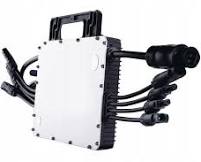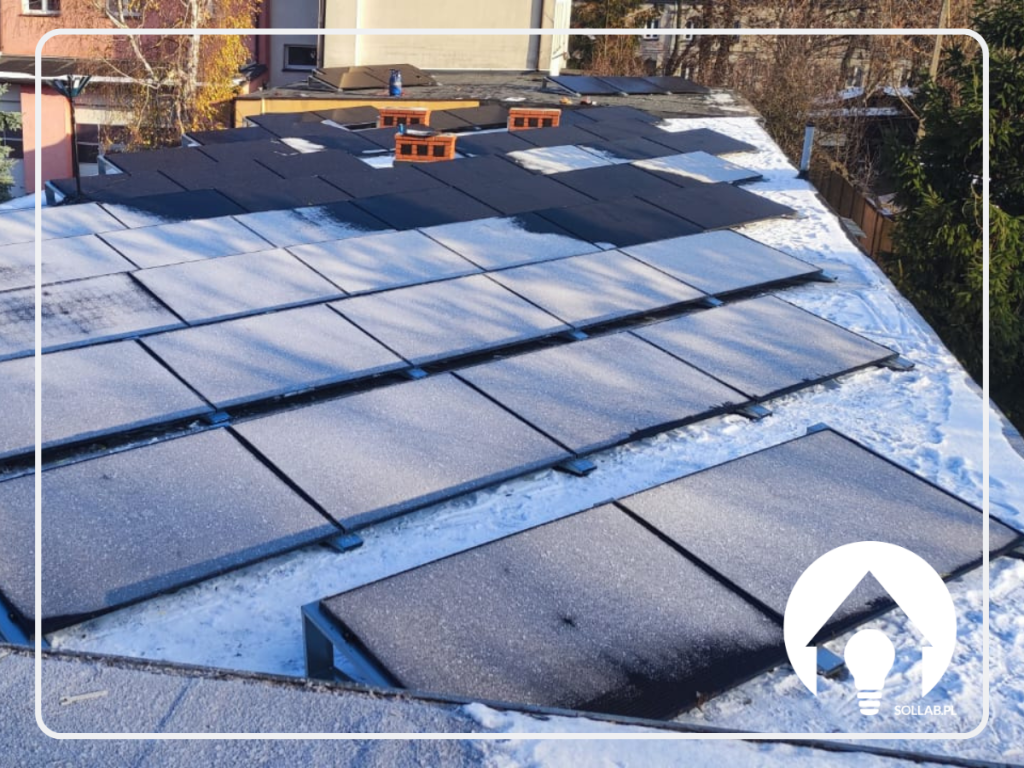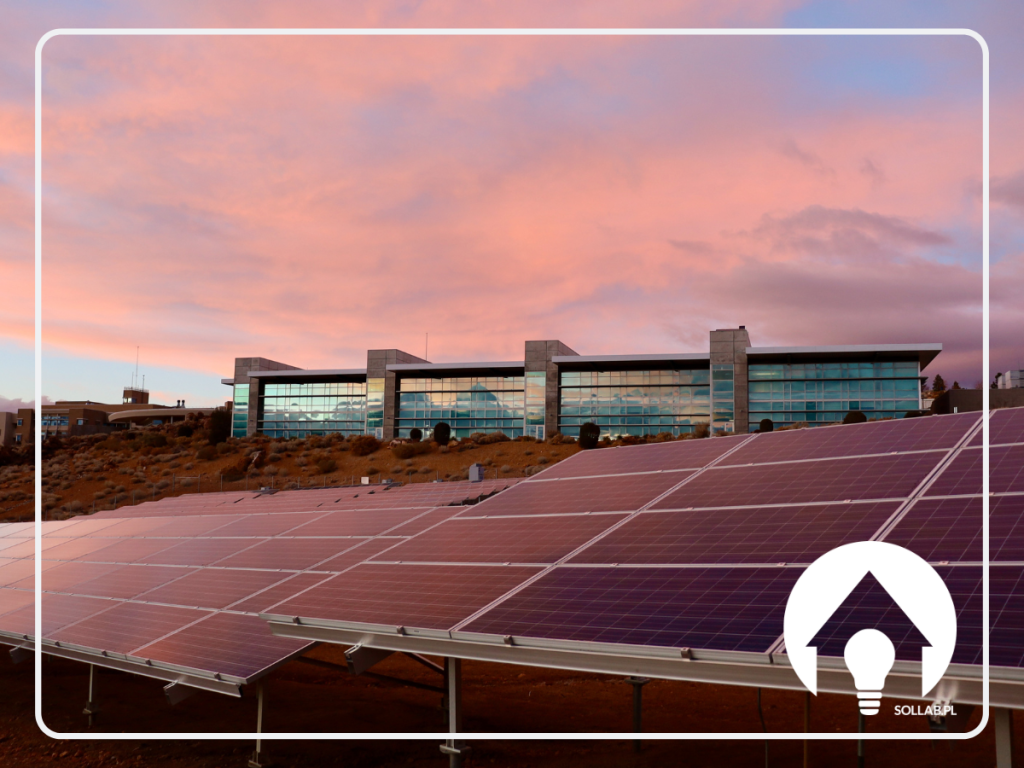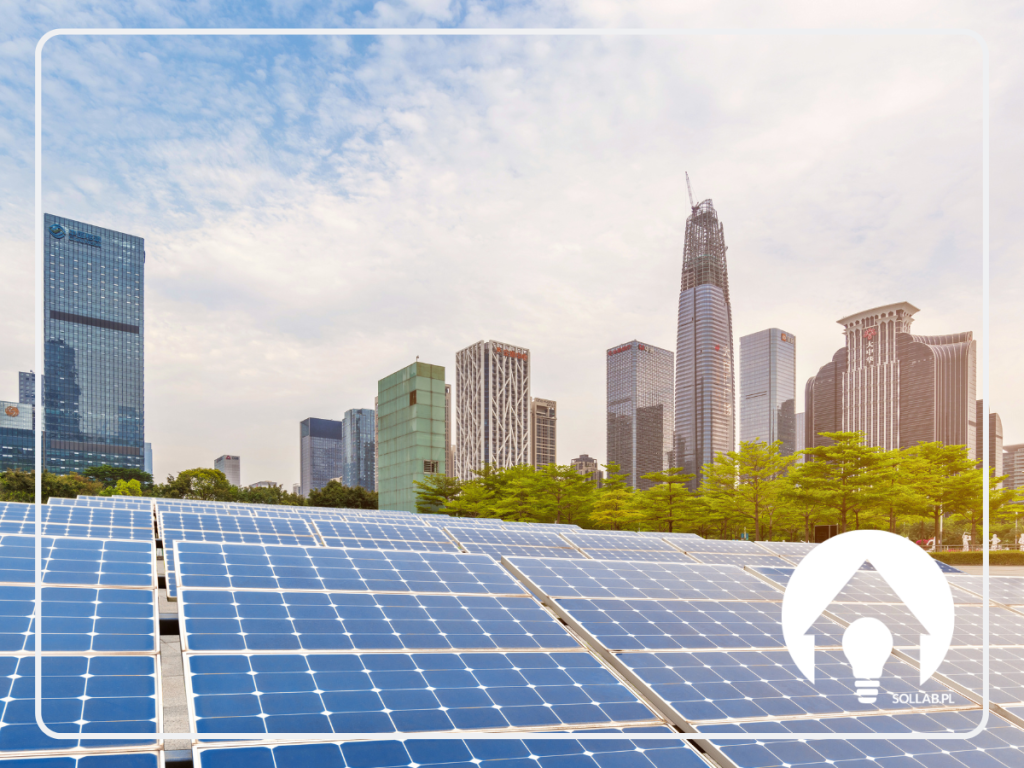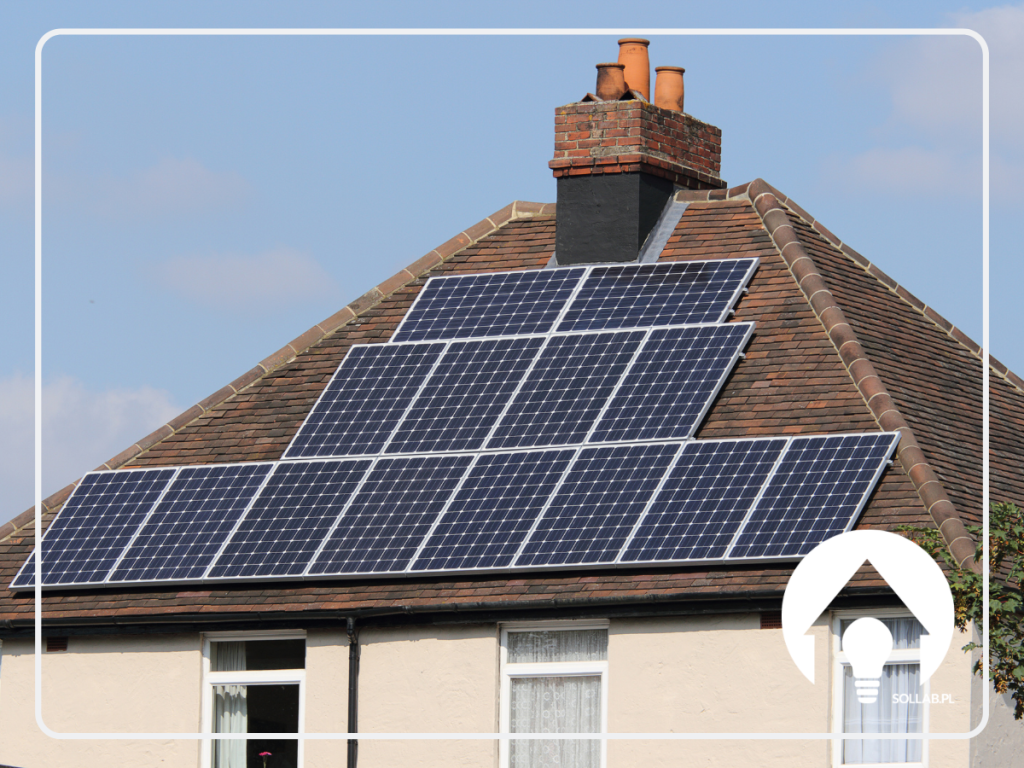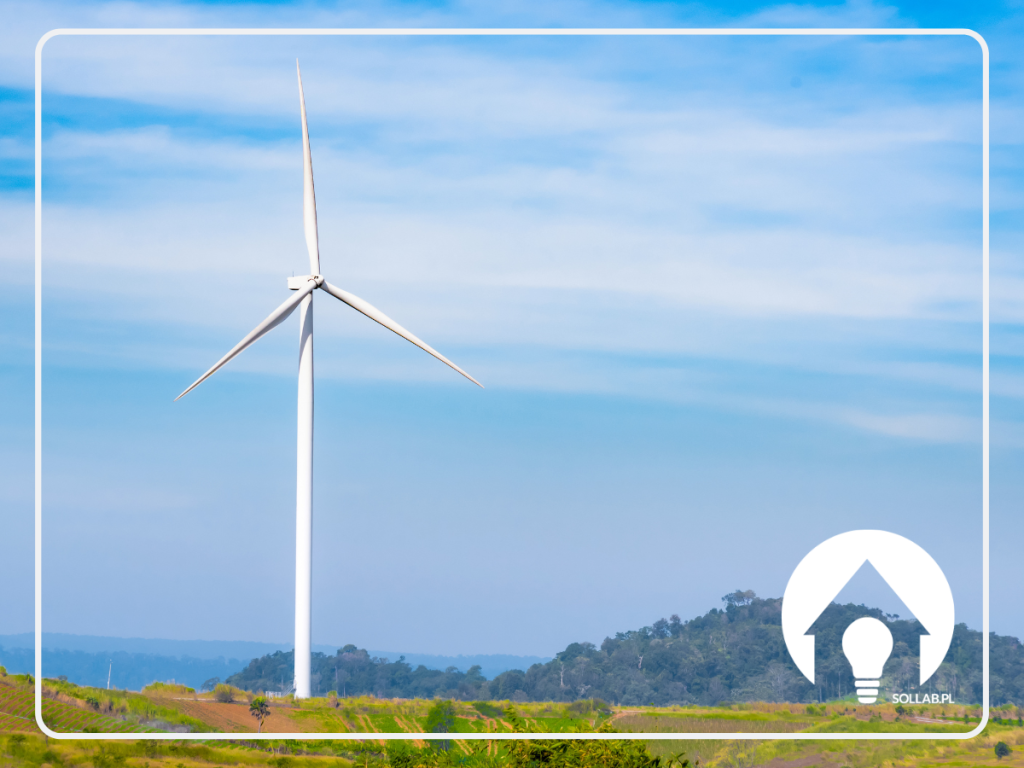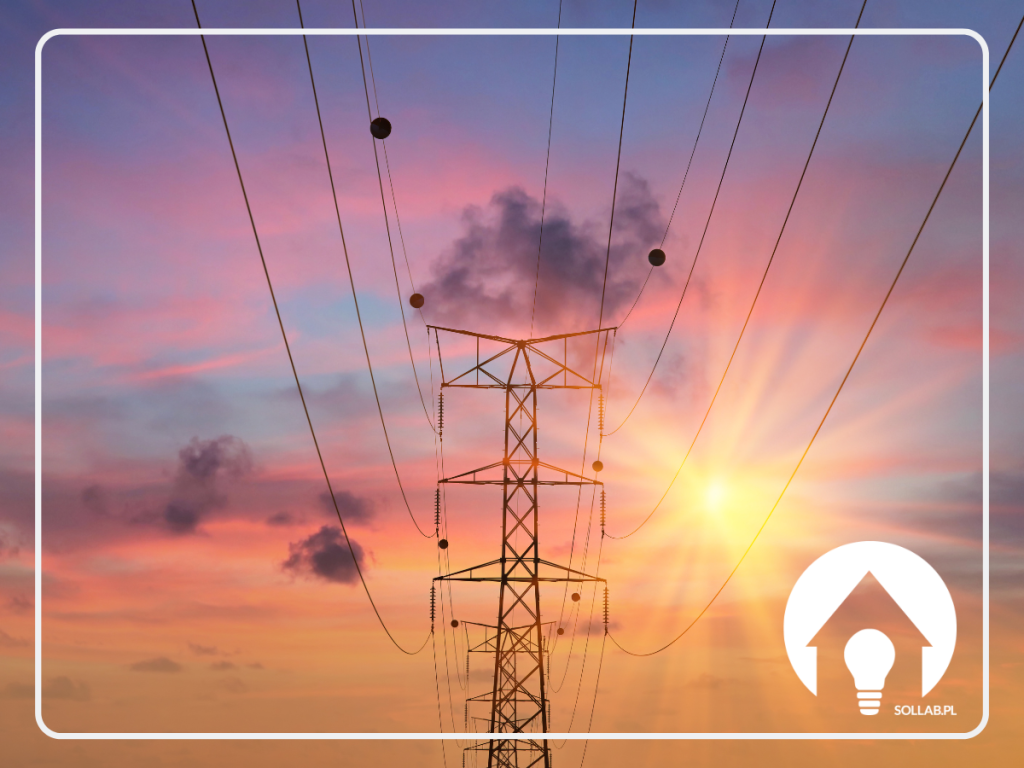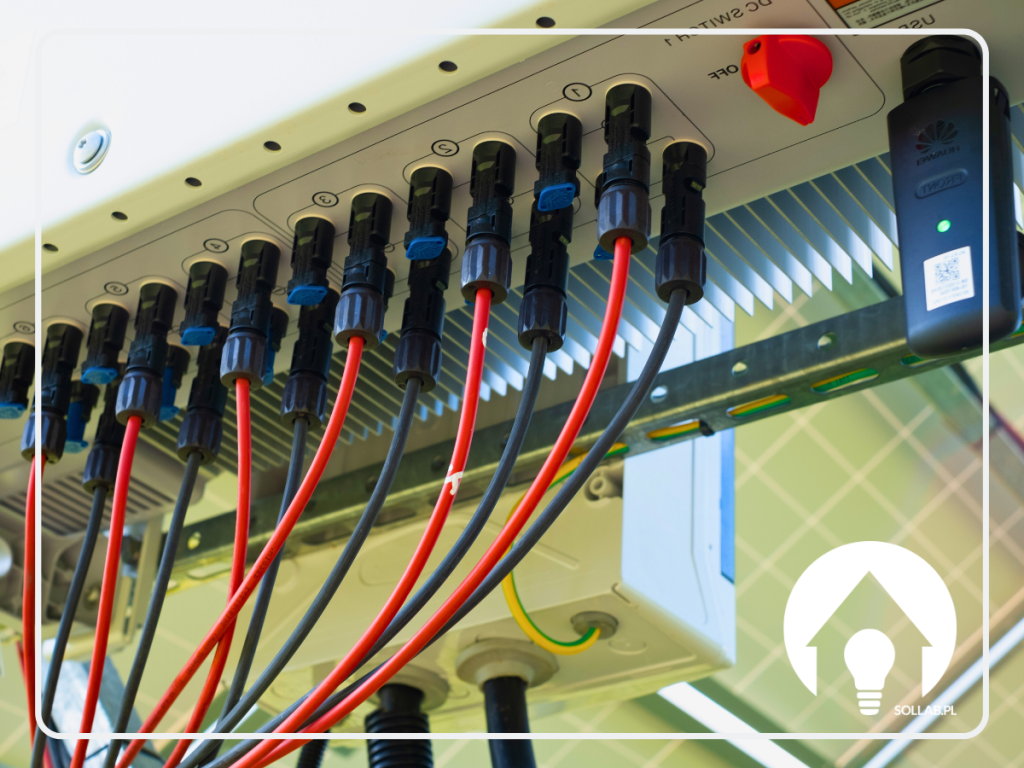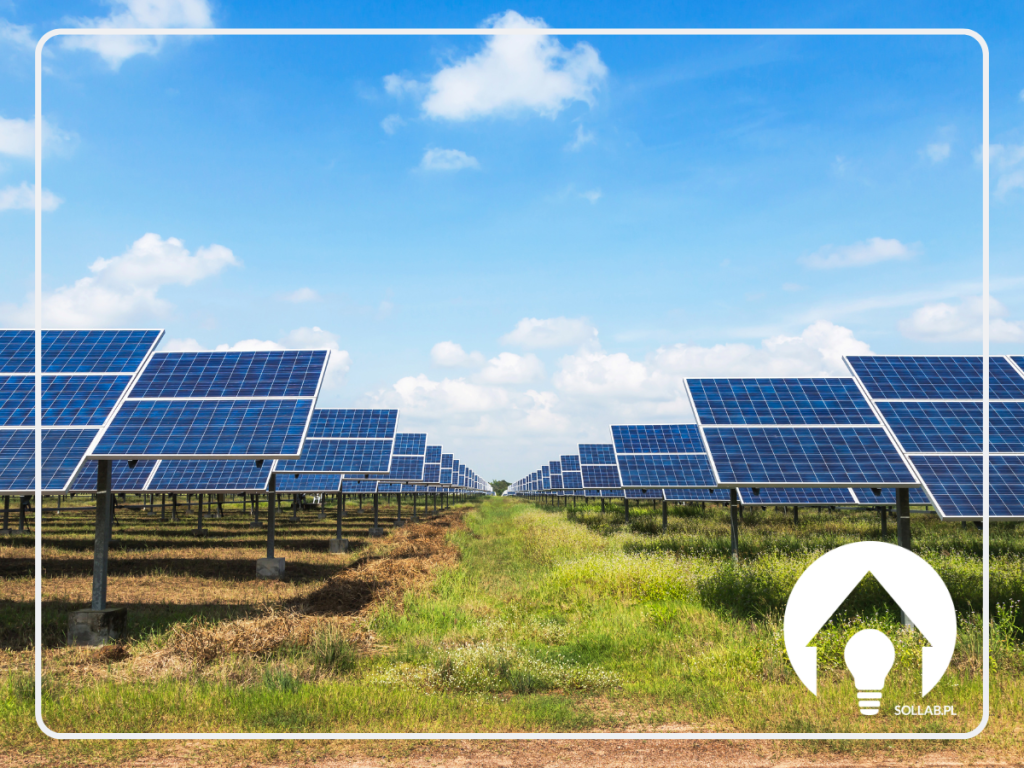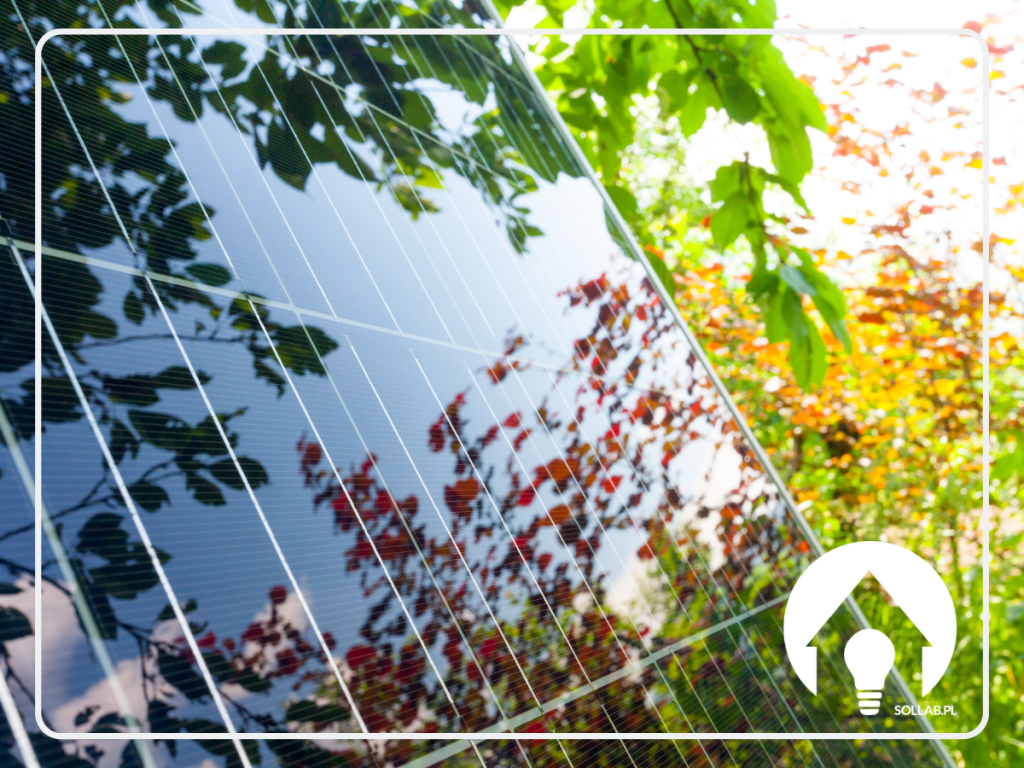Increase in popularity of microinverters
Microinverters are increasingly being proposed for photovoltaic installations mounted on complex, irregular, partially shaded roofs. They serve to optimise the operation of the entire installation through the independent functioning of each module. Thanks to them, the weaker operation of one of the panels does not reduce the performance of the others. The modules operate in parallel, rather than in series, which gives them greater efficiency than when using a central inverter.
What are microinverters?
Microinverters, also known as microinverters, are inverters, located directly under the photovoltaic panels, which work in exactly the same way as conventional inverters - they convert direct current into alternating current. They are also equipped with maximum power point tracking (MPPT), so that each module always operates at full capacity. By installing microinverters, it is possible to track the operation of each module separately. One microinverter can be connected to a maximum of four modules.
Security
The service life of microinverters is longer than conventional inverters, as the individual modules connected to them place much less strain on their operation. However, in the event of a failure of a single microinverter, its repair or replacement involves much lower costs than in the case of a failure of a traditional inverter. The high leakage rate ensures high durability and weather resistance.
The DC voltage prevailing in the microinverters does not exceed 60V, thanks to which the are one of the safest solutions for photovoltaic installations. Lower voltage minimises the risk of fireand also allows for possible firefighting action by firefighters.
What more?
The use of microinverters is also associated with the possibility of extending an existing installation in the future. This is extremely important in the case of continuously growing businesses or homes whose energy requirements increase over the years. A significant expansion of a photovoltaic installation equipped with a classic inverter would involve replacing the inverter, which incurs high costs. With microinverters, we simply add more photovoltaic panels with their individual inverter.
Although an installation using microwave inverters is usually more expensive than one using only one main inverter, it may be the only valid and cost-effective solution for an installation located in a difficult, partly shaded area. Of course, by staying with a classic inverter it is possible that the developer would have to buy power optimisers for each module, which would incur even higher costs, so that the price of the entire installation would be even higher than if microinverters were used.
The assessment of the need to install microwaves is carried out by the specialist of the installation company. It is he who, thanks to his experience and special calculation programmes, will propose the best and most cost-effective solution for the investment in question.
